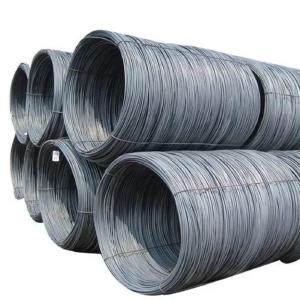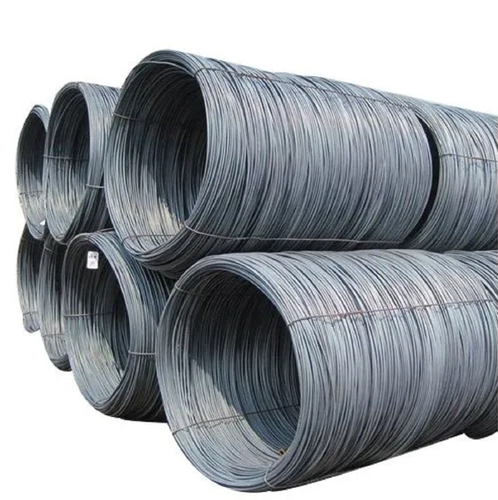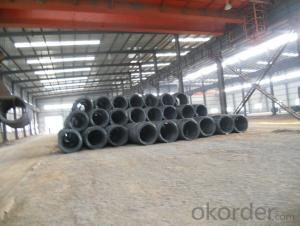SAE1006 SAE1008 steel wire rod steel wire for making nails and binding wire
- Loading Port:
- Tianjin
- Payment Terms:
- TT OR LC
- Min Order Qty:
- 24 m.t.
- Supply Capability:
- 200000 m.t./month
OKorder Service Pledge
OKorder Financial Service
You Might Also Like
Specification
We supply ms equal & unequal angle bar, channel bar,jis channel, upn, steel i beam,h beam, ipe, ipeaa, steel sheet pile, flat bar, hollow section, tmt bar, wire rod, binding wire, wire mesh, hrc, CRC, gi coil, ppgi, roofing sheet, chequered coil & plates, medium plate, scaffolding systems, prefabricated container houses etc. Also for metal & steel processing.
If you are in the market for any steel products, please feel free to contact us.
Steel wire rods are manufactured in different grades according to the type of material.
Carbon steel wire rod is the most common with no minimum content specified or required of molybdenum (Mo), aluminum (Al), chromium (Cr), niobium (Nb), cobalt (Co), nickel (Ni), tungsten (W), titanium (Ti), zirconium (Zr), vanadium (V), or any other element required for a particular effect of alloying. Carbon steel wire rods contain copper content, generally up to 0.40%. Moreover, the manganese content will not exceed the level of 1.65%, and 0.60% will be the maximum level of silicon.
These steel wire rods are supplied in the following grades:
Low Carbon:
with C content ≤ 0.15 %. This is also known as “mild steel” or “electrode steel”.
Medium Carbon:
Low grade; includes 0.15% < carbon content ≤ 0.23%
High grades; includes 0.23% < carbon content ≤ 0.44%.
High Carbon:
includes C content > 0.44 %.
Product Name | ms wire rod/high carbon steel wire manufacturers/steel wire price |
Diameter | 5.5mm,6mm,6.5mm,8mm,10mm and 12mm |
Coil Weight | 1.9 tonnes-2.1 tonnes |
Material | SAE1006 SAE1008 Q195 |
Place of Origin | Tangshan,Hebei,China |
Delivery time | 15-40 days after receiving the deposit |
Payment Terms | TT or L/C |
Application | construction / make nail |
Chemical compostion
Grade | Chemical Composition(%) | |||||
C | Mn | Si | S | P | B | |
SAE1006B | 0.03~O.07 | ≤0.32 | ≤0.30 | ≤0.045 | ≤0.040 | >0.0008 |
Mechanical properties | ||||||
Yield strength(N/mm2) | Tensile strength(N/mm2) | Elongation(%) | ||||
250-280 | 350-380 | ≥32 | ||||
Grade | Chemical Composition(%) | |||||
C | Mn | Si | S | P | B | |
SAE1006B | 0.03~O.07 | ≤0.32 | ≤0.30 | ≤0.045 | ≤0.040 | >0.0008 |
Mechanical properties | ||||||
Yield strength(N/mm2) | Tensile strength(N/mm2) | Elongation(%) | ||||
250-280 | 350-380 | ≥32 | ||||
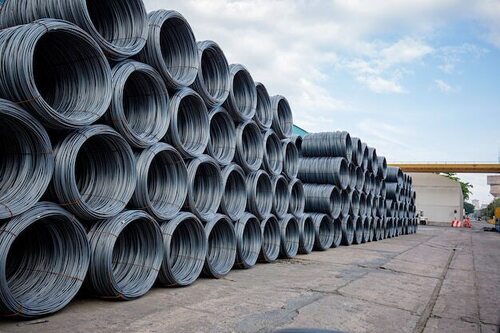
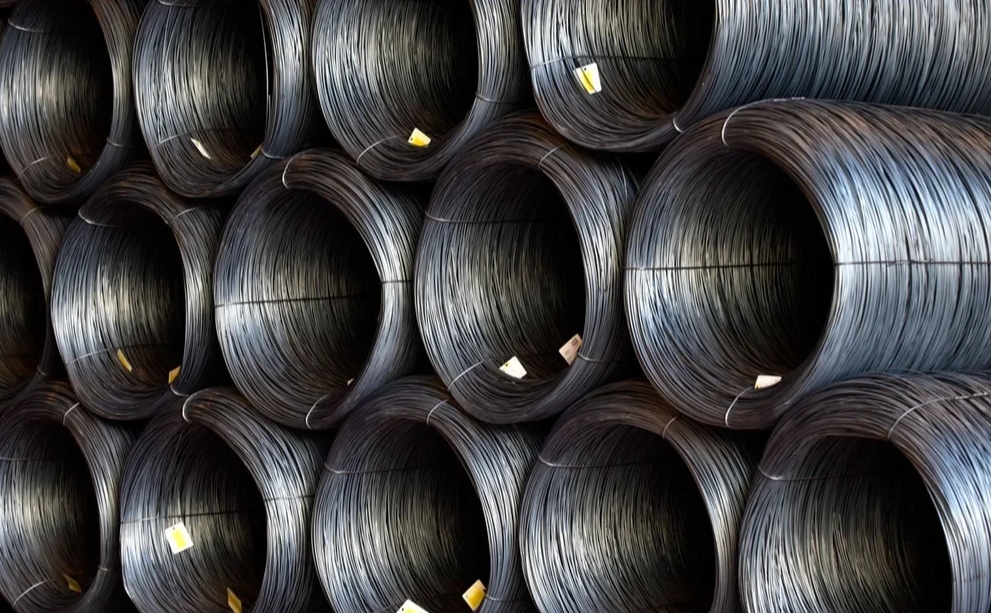
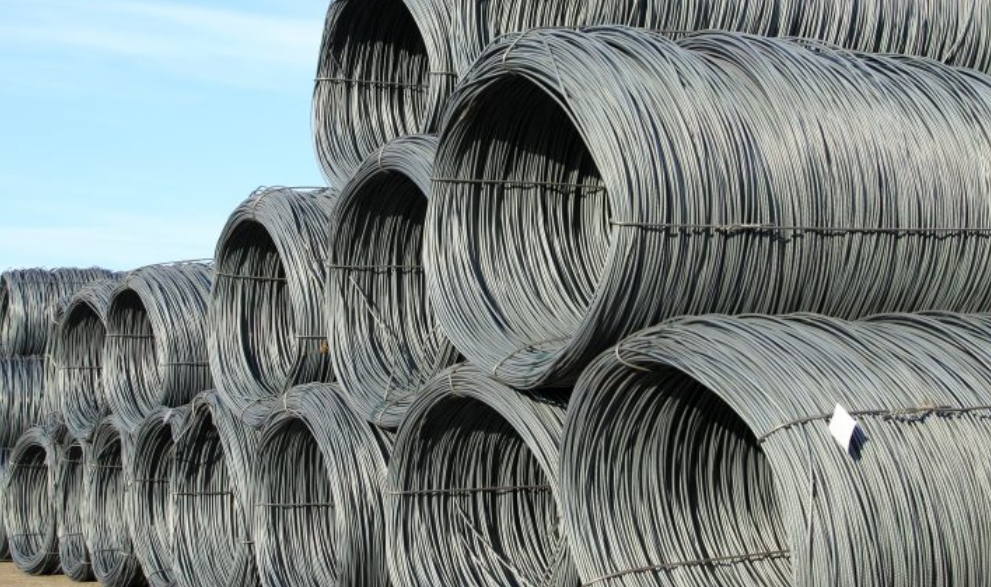
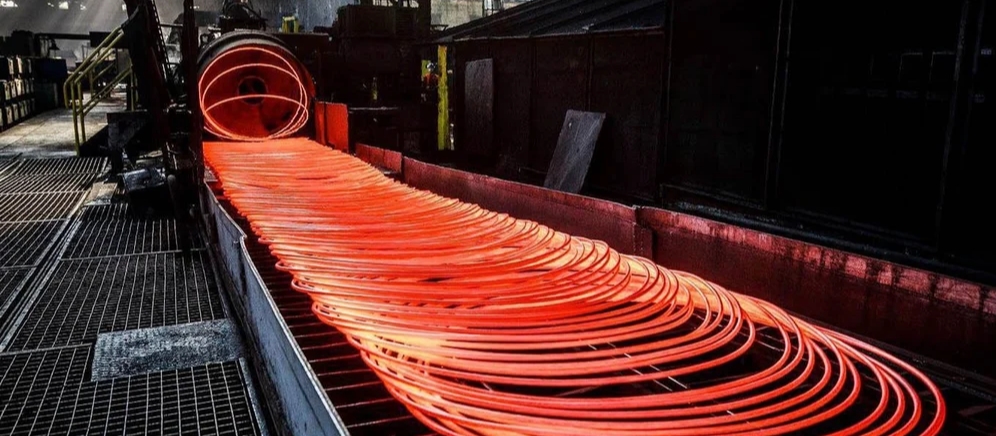
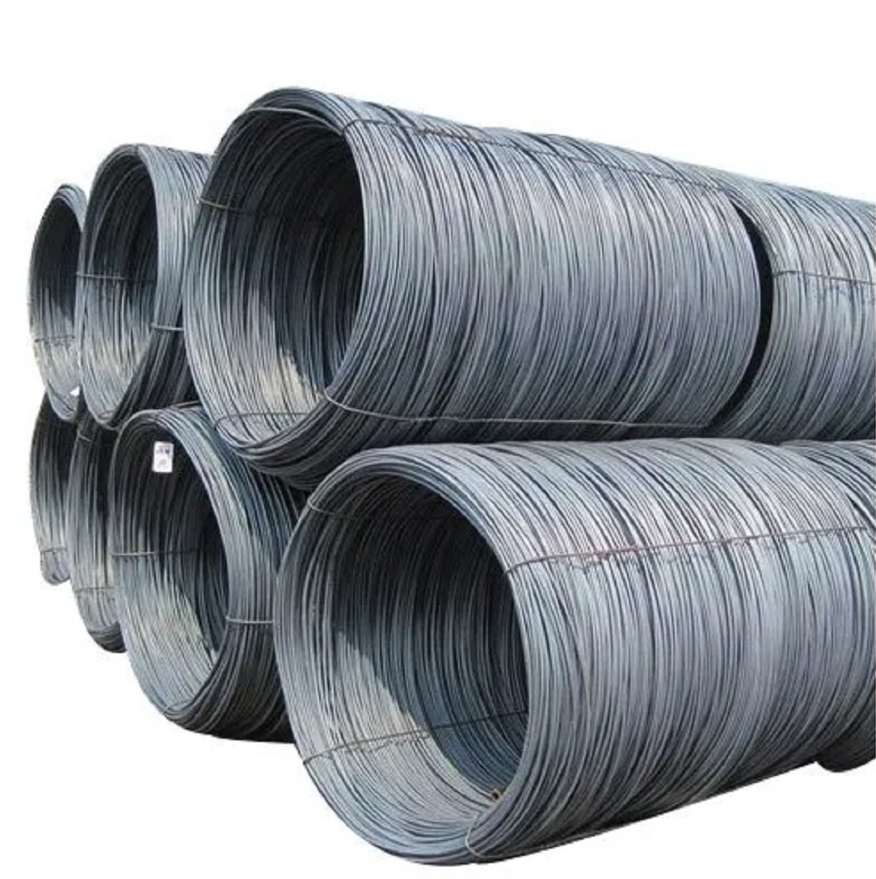
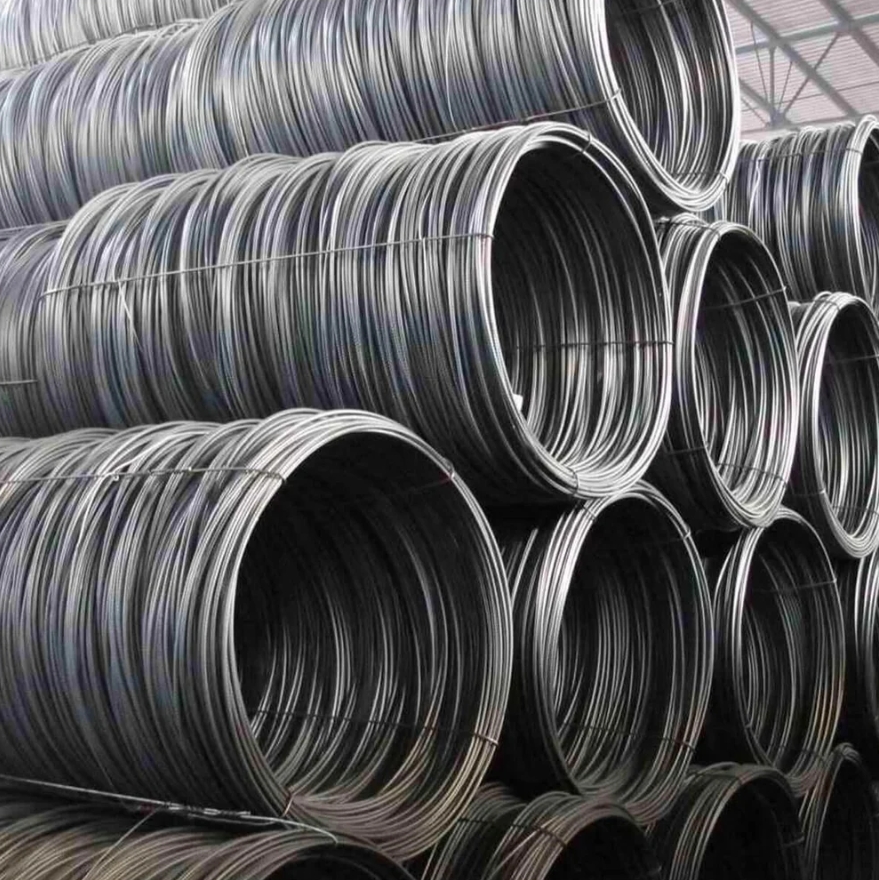
- Q: How is steel wire rod used in the manufacturing of wire for musical instrument strings?
- Steel wire rod is a crucial raw material used in the manufacturing of wire for musical instrument strings. It is first drawn through a series of dies to achieve the desired diameter and shape. This process ensures that the wire is strong, durable, and has the necessary flexibility to produce the desired musical tones. The wire is then further processed, coated, and wound onto specific cores to create strings for various musical instruments, such as guitars, pianos, violins, and cellos. The quality and properties of the steel wire rod directly impact the sound quality, longevity, and performance of the instrument strings.
- Q: How does the fatigue strength of steel wire rod vary with different diameters?
- The fatigue strength of steel wire rod typically varies with different diameters. In general, as the diameter of the steel wire rod increases, the fatigue strength tends to decrease. This is because larger diameter rods have a higher likelihood of containing defects or imperfections, such as inclusions or microstructural irregularities, which can act as stress concentrators and reduce the fatigue strength. Additionally, larger diameter rods have a larger surface area, which can result in a higher chance of surface defects or corrosion, thus affecting the fatigue strength. Moreover, the larger diameter rods also tend to have a lower bending stiffness, which can lead to higher stresses and strains under cyclic loading and consequently reduce the fatigue strength. On the other hand, smaller diameter steel wire rods tend to have a higher fatigue strength due to their reduced surface area and fewer chances of containing defects. Smaller diameter rods also have a higher bending stiffness, which helps in distributing the applied load more evenly, reducing localized stress concentrations and improving fatigue strength. However, it is important to note that there are several other factors that can influence the fatigue strength of steel wire rods, such as the specific type and quality of the steel used, the manufacturing process, and the surface treatment. Therefore, it is necessary to consider these factors along with the diameter when evaluating the fatigue strength of steel wire rods.
- Q: How are steel wire rods used in the manufacturing of wire brushes for cleaning purposes?
- Wire brushes for cleaning purposes require steel wire rods as an essential component. These rods are typically crafted from high-quality steel, renowned for its strength, durability, and flexibility. To produce wire brushes, the steel wire rods undergo a series of procedures. Initially, the wire rods are carefully chosen based on their composition and tensile strength. Next, they are fed through a wire drawing machine, which reduces their diameter and elongates their length. This process allows for the creation of slender and lengthy wires, perfect for brush bristles. Once the wires are drawn, they are straightened and cut to the desired length, which may vary depending on the brush type. The straightened wires are then either inserted into a metal ferrule or twisted together to form a bundle, depending on the brush design. The wire bristles are subsequently affixed to a handle or base, which can be crafted from wood, plastic, or metal. This assembly procedure can be performed manually or with the assistance of specialized machinery. The bristles are securely fastened to prevent them from coming loose during use. Steel wire rods are favored for manufacturing wire brushes due to their outstanding cleaning properties. The strength and flexibility of steel enable the bristles to effectively eliminate dirt, grime, and debris from various surfaces. They are suitable for use on a wide range of materials, including metal, wood, and concrete. Wire brushes made from steel wire rods are commonly employed for cleaning tasks such as rust removal, paint stripping, and corrosion elimination from surfaces. They are also utilized in preparing surfaces for painting or welding, cleaning welding joints, and scrubbing hard-to-reach areas. These brushes find applications in industries like automotive, manufacturing, construction, and maintenance. To summarize, steel wire rods are vital in the production of wire brushes for cleaning purposes. Their strength, durability, and flexibility make them ideal for crafting efficient and dependable cleaning tools. Whether it involves rust removal, weld cleaning, or surface scrubbing, wire brushes made from steel wire rods are indispensable in numerous industries and households.
- Q: What are the different surface lubricants used for steel wire rod?
- Some common surface lubricants used for steel wire rod include oil-based lubricants, water-based lubricants, and dry lubricants. These lubricants help reduce friction during wire drawing or other manufacturing processes, improving the wire's surface finish and preventing damage or breakage.
- Q: How is steel wire rod used in the manufacturing of wire for geotechnical applications?
- Steel wire rod is commonly used in the manufacturing of wire for geotechnical applications due to its high strength and durability. The wire rod is first drawn down to the required diameter and then further processed to enhance its mechanical properties. This processed wire is then used to create various geotechnical products, such as gabions, soil nails, and ground anchors, which are widely used in construction and civil engineering projects to provide stability, reinforcement, and erosion control.
- Q: How is steel wire rod used in the production of wire mesh for automotive applications?
- Steel wire rod is used in the production of wire mesh for automotive applications by being drawn through a series of dies to reduce its diameter and increase its length. This process, known as wire drawing, results in a thin and elongated wire that is then woven or welded to create wire mesh. The wire mesh is then utilized in various automotive applications such as reinforcing structures, providing protection, or acting as a filtration system.
- Q: What are the main components of a steel wire rod mill?
- The main components of a steel wire rod mill include the furnace, continuous casting machine, rolling mill, cooling bed, and coiling machine.
- Q: What are the different types of steel wire rod surface defects and their repair methods?
- Steel wire rods can experience different types of surface defects, each necessitating a unique repair approach. Common defects include pits, scale, scratches, and cracks. Pits manifest as small cavities on the wire rod's surface, resulting from factors like corrosion or mishandling. To rectify pits, the affected area can be ground down and then polished to restore a smooth surface. Scale refers to the flaky residue that forms during the wire rod's manufacturing process. It can be eliminated through chemical agents or mechanical techniques such as brushing or blasting. Following scale removal, the wire rod can be coated with a protective layer to prevent future formation. Scratches are shallow grooves that can occur during handling or transportation. Minor scratches can be resolved by using abrasives or polishing compounds to buff them out. For deeper scratches, the affected area may need to be ground and then polished to match the surrounding surface. Cracks are more severe defects resulting from stress, improper cooling, or material flaws. Repairing cracks typically involves cutting out the affected section and subsequently welding or brazing it back together. In some cases, heat treatment may be necessary to restore the wire rod's strength and integrity. It's important to note that the repair methods mentioned may vary depending on the defect's severity and nature. It is always advisable to consult a professional or follow the manufacturer's guidelines to ensure appropriate repair of steel wire rod surface defects.
- Q: How is steel wire rod used in the manufacturing of wire forms for sliding doors?
- Steel wire rod is used in the manufacturing of wire forms for sliding doors as it provides the necessary strength and durability required for these applications. The steel wire rod is shaped and formed into various wire forms such as tracks, brackets, and hinges, which are essential components of sliding doors. These wire forms help to ensure smooth and effortless movement of the doors, providing stability and support.
- Q: What are the common applications of low carbon steel wire rod?
- Low carbon steel wire rod has a wide range of applications due to its various beneficial properties. Some of the common applications of low carbon steel wire rod include: 1. Construction: Low carbon steel wire rod is widely used in the construction industry for various purposes. It is commonly used for reinforcing concrete structures such as beams, columns, and slabs. The high tensile strength and ductility of low carbon steel wire rod make it an ideal choice for reinforcing purposes. 2. Manufacturing: Low carbon steel wire rod is extensively used in manufacturing industries for the production of various products. It is commonly used for manufacturing nails, screws, bolts, and other fasteners due to its excellent formability and strength. Additionally, it is used in the production of wire mesh, wire ropes, and cables. 3. Automotive industry: Low carbon steel wire rod finds applications in the automotive industry as well. It is used for manufacturing parts such as springs, suspension systems, and tire cords. The flexibility, strength, and durability of low carbon steel wire rod make it suitable for these applications. 4. Agriculture: In the agricultural sector, low carbon steel wire rod is commonly used for constructing fences and wire mesh. It provides durability and strength to the fencing systems, ensuring the security of livestock and crops. Additionally, it is used for making trellises and support structures for plants. 5. Household applications: Low carbon steel wire rod is also used in various household applications. It is used for making hangers, racks, and shelves due to its ability to withstand heavy loads. Additionally, it is used for manufacturing kitchen utensils, wire baskets, and other household items. Overall, low carbon steel wire rod is a versatile material used in numerous industries and applications. Its properties such as formability, strength, and durability make it a preferred choice for various manufacturing and construction purposes.
Send your message to us
SAE1006 SAE1008 steel wire rod steel wire for making nails and binding wire
- Loading Port:
- Tianjin
- Payment Terms:
- TT OR LC
- Min Order Qty:
- 24 m.t.
- Supply Capability:
- 200000 m.t./month
OKorder Service Pledge
OKorder Financial Service
Similar products
Hot products
